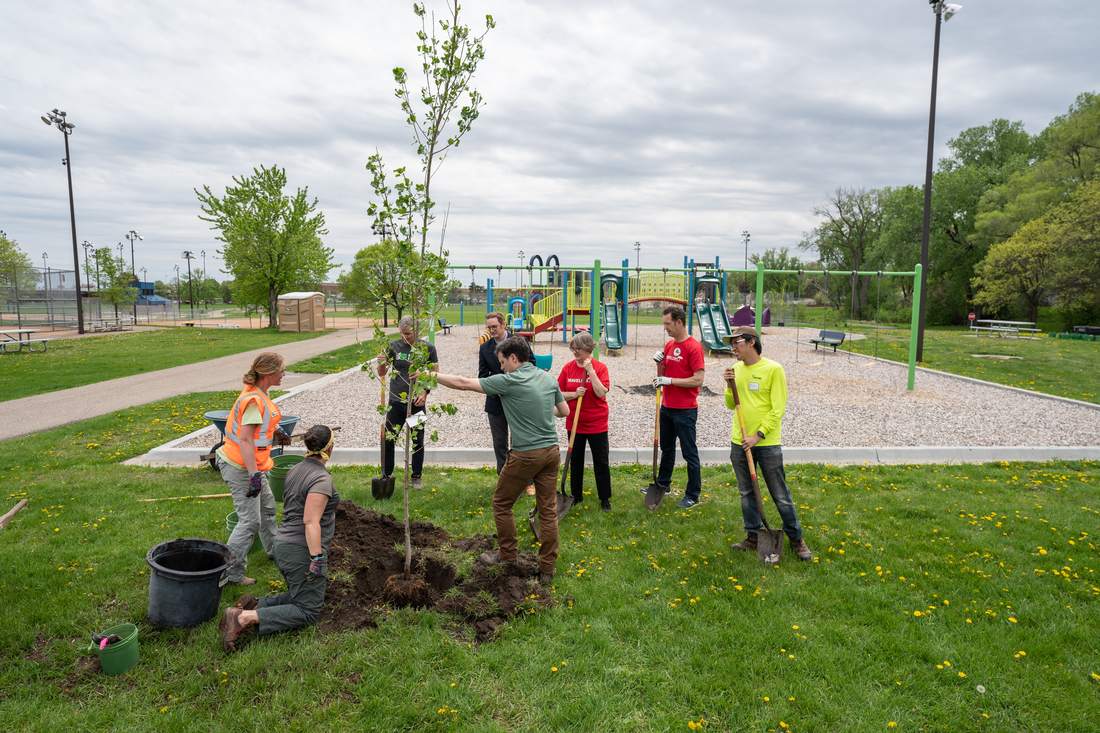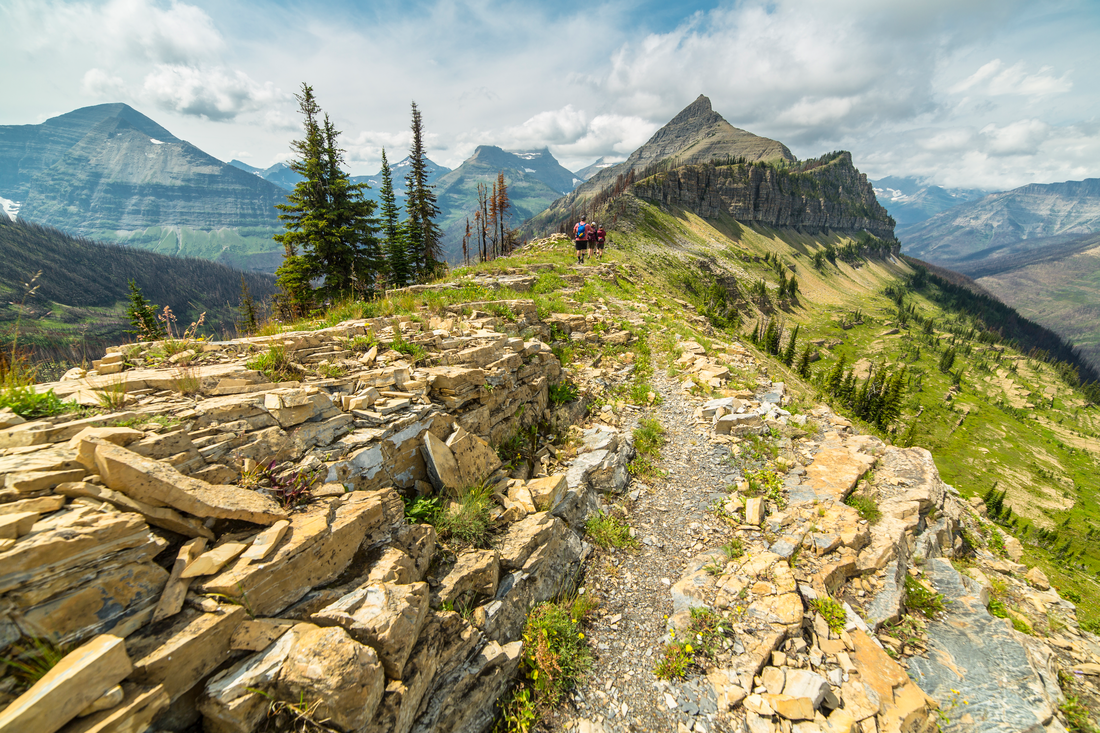
Photo Credit: Evan Frost / American Forests
I FIND THE ANTICIPATION of summer almost as enjoyable as the season itself. The potential for exploration and play peaks as we unhunch our shoulders after colder months and find our bliss in the sun.
Yet in an era of climate change, the future of summer looks much cloudier.
The threat of extreme heat and air pollution in cities is growing rapidly. While heat-related deaths grab headlines, I am also concerned about heat’s less-deadly impacts on people’s health. We will increasingly have fewer days when we can exercise safely outside with activities like walking, running and biking.
This is not speculation. In researching a talk for the World Governments Summit, I discovered startling statistics. In The Lancet, I read that the number of days on which even moderate exercise poses a health risk due to heat has risen nearly 20% worldwide in recent years. That number is projected to increase another 40% by mid-century.
Climate change is also complicating our summer dreams on America’s beautiful public lands. A dramatic increase in hyper-intense wildfire means more direct dangers to local residents and visitors, more-frequent park closures and greater risk of air pollution from smoke.
These fires are also decimating forest health on our public lands, as exemplified by the loss of 325 million whitebark pine, the anchor tree species for mountain forests across the American West. These tenacious trees keep the high country healthy, from holding snowpack and sheltering trails to feeding wildlife like grizzly bears.
In the face of these threats, we can take action to ensure we can maintain the active lifestyles we love and that help define life in our country. I’m proud that American Forests is doing just that.
In cities, we are applying Tree Equity principles to help create healthy and safe outdoor recreation areas. I’m especially proud of this work in Phoenix, where we have helped align the city’s historic commitment to Tree Equity with a strategy to create 100 “cool corridors” for exercise and active transportation. We are now working to make cool corridors a feature of Tree Equity programs across the country.
Our Tree Equity work also includes efforts like shading busy playgrounds in the Twin Cities from the hot summer sun. Similarly, we are using trees to bring cooler and cleaner air to school play areas, community recreation centers and public parks in lower-income neighborhoods and communities of color, which too often lack trees.
I’m proud that our work with partners such as Eddie Bauer and REI has bolstered high-impact reforestation efforts on our public lands. Through our new partnership with Life Time and the National Park Service, we are planting specially cultivated, resilient whitebark pine in 10 of America’s iconic national parks, including Yellowstone, Glacier, Crater Lake, and Sequoia and Kings Canyon.

Photo Credit: Jacob W. Frank / National Park Service
This whitebark pine restoration will not only help protect recreational experiences and habitat, it will also serve as a learning lab for restoration on other public and tribal lands, which together comprise over 90% of the tree’s range.
Perhaps most broadly, I’m proud that we have developed a globally valued new approach to replanting after wildfire, which includes tailoring every aspect of site preparation, tree species and genetics, planting techniques, and adaptive management. The forests that arise from these ashes will be more resilient to wildfire in the future — essential to maintaining the health and accessibility of our public lands and reducing far- reaching, unhealthy wildfire smoke.
Through partnerships like our new REPLANT keystone agreement with the U.S. Forest Service, we are co-leading the reforestation of millions of acres of burned lands using a climate-resilient approach. Due to climate change, we know we will need to do so again and again, and we must use each acre as an opportunity to replant in new ways for greater wildfire resilience.
So, while I harbor concerns about the heat- and fire-related health threats we face, supercharged by climate change, I am still hanging onto my summer dreams.
I draw immense hope from our ability to use trees and forests as a healthcare investment for people and our planet. And we have never had a better opportunity to make this happen thanks to historic new partnerships and funding.
Thanks for being on this journey with us, and please know that the whole team at American Forests is meeting this moment with the urgency it demands. I hope to see you out on the paths and trails!
For more news and updates from Jad, follow him on X (formerly Twitter) @JadDaley